While headlines often focus on sky-high prices in places like New York and San Francisco, a quiet revolution is happening elsewhere—young buyers are reshaping housing markets in surprising U.S. cities. Millennials and Gen Z aren’t waiting around for the coasts to cool off; instead, they’re claiming more affordable, livable cities as their own. These aren’t just flukes, either—data shows these younger buyers are making up a bigger slice of recent mortgage activity in these areas. If you’re curious where the next wave of homeowners is settling in, here’s a peek at 12 cities where the under-40 crowd is making their mark.
1. Madison, Wisconsin

According to the National Association of Realtors (NAR), Madison is one of the top cities for millennial homebuyers in 2024, thanks to its affordable housing and strong job market. The city boasts a median home price that’s lower than the national average and is home to major employers like Epic Systems and the University of Wisconsin. Add in a walkable downtown, great public schools, and plenty of green space, and it’s not hard to see the appeal. Young buyers are trading cramped apartments for craftsman-style homes and condos near Lake Monona.
It’s also a place where first-time buyers can realistically enter the market without a six-figure income. Many millennials who relocated here during the pandemic have decided to stay—and buy. Madison has a good balance of culture and calm, ideal for remote workers and young families. It’s no longer just a college town—it’s where the next wave of professionals is putting down roots.
2. Grand Rapids, Michigan

Forbes recently highlighted Grand Rapids as a top city for Gen Z buyers, with 30% of recent mortgage applications coming from buyers under 30. This western Michigan city combines low housing costs with a revitalized downtown scene full of breweries, galleries, and riverfront parks. Home values are still well below the national average, making it one of the most accessible markets in the Midwest. That affordability is drawing in younger buyers priced out of larger metros.
It also helps that Grand Rapids has a strong manufacturing and healthcare job base, plus proximity to Lake Michigan for weekend getaways. The city has been actively investing in public spaces and housing developments, adding to its long-term appeal. For young buyers looking for value and vibes, Grand Rapids checks a lot of boxes. It’s a classic “sleeper city” now quietly waking up.
3. Louisville, Kentucky

Zillow’s 2024 report identified Louisville as one of the few major metros where millennial buyers make up over 50% of recent home purchases. The city’s median home price is just over $250,000, well below the national average, and its stable economy adds even more incentive. Louisville is big enough to feel exciting but small enough to stay affordable. You get Victorian architecture, live music, and bourbon culture—without the cost of Nashville or Austin.
Young buyers are particularly drawn to areas like Germantown, NuLu, and the Highlands, where walkability meets charm. Many are choosing to buy rather than rent because monthly mortgage payments are often lower than area rents. Louisville’s housing stock is diverse, with everything from fixer-uppers to new builds. And with remote work now common, buyers are feeling freer to choose lifestyle over proximity to big-city offices.
4. Oklahoma City, Oklahoma

As reported by VeloCity, Oklahoma City ranks among the top 10 metros with the highest percentage of Gen Z homebuyers. With a median home price under $220,000, OKC offers some of the most affordable housing in the country. But it’s not just about the price tag—there’s also a growing job market, arts district, and strong community vibe that’s attracting young professionals. More and more are ditching high-rent apartments in larger metros for starter homes here.
The city’s neighborhoods—like Paseo Arts District and Plaza District—have become popular hotspots for younger homeowners. OKC also has short commute times and a surprising amount of green space for its size. The influx of young buyers is sparking new retail, coffee shops, and co-working spaces. It’s proof that affordability plus culture can be a winning combo.
5. Des Moines, Iowa
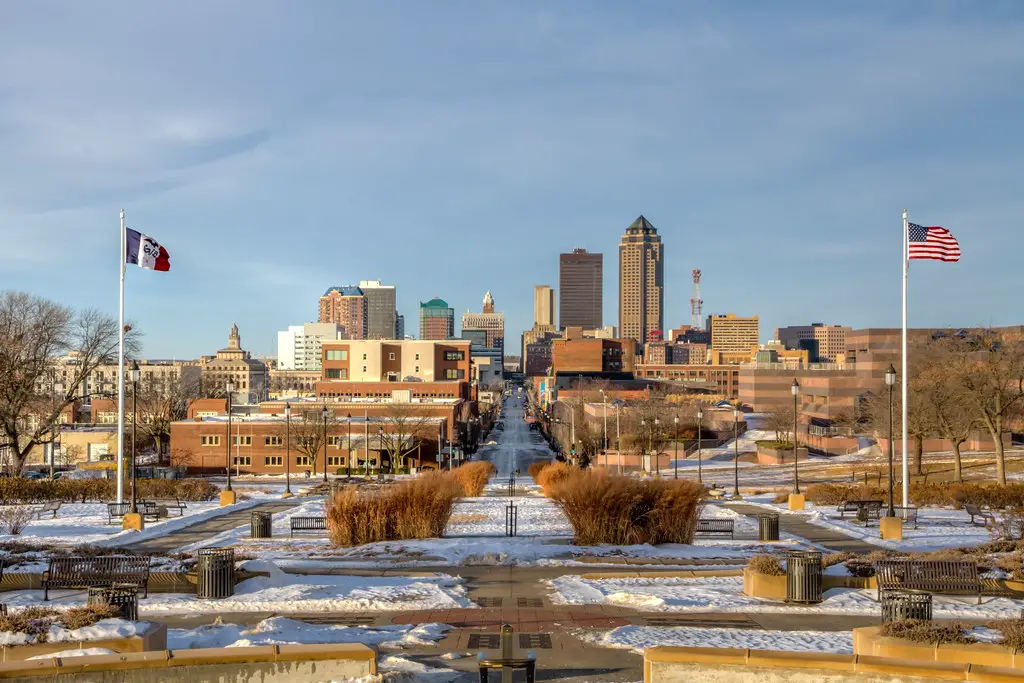
Des Moines doesn’t often make headlines, but it’s become a magnet for young buyers seeking a livable balance between cost and opportunity. With a growing number of insurance and tech jobs, plus a lively downtown, the city punches above its weight. Many first-time buyers are finding homes well under $300K, often with space and yards you can’t get in bigger cities. That’s appealing to both young couples and solo professionals.
Des Moines also offers strong public schools, making it attractive for those planning to grow into their homes. The East Village and Beaverdale neighborhoods are particularly popular with younger homeowners. It’s a classic case of “low-key cool” catching on in the home-buying world. And for those working remotely, Des Moines offers plenty of bang for the buck.
6. Chattanooga, Tennessee

This mid-sized Tennessee city is gaining attention for its mix of outdoor access, affordability, and tech-forward infrastructure. With gig-speed internet across the city, Chattanooga has been courting remote workers for years—and it’s paying off. The local housing market is still reasonable compared to Nashville or Atlanta, drawing in young professionals looking for space and scenery. Plus, the nearby mountains and riverfront make for an unbeatable lifestyle combo.
Neighborhoods like Northshore and St. Elmo are seeing a wave of young buyers revitalizing older homes. There’s a sense of optimism here—buyers feel like they’re investing in something on the rise. And because home prices haven’t exploded, there’s still room for appreciation. Chattanooga’s cool factor is quiet, but very real.
7. Durham, North Carolina
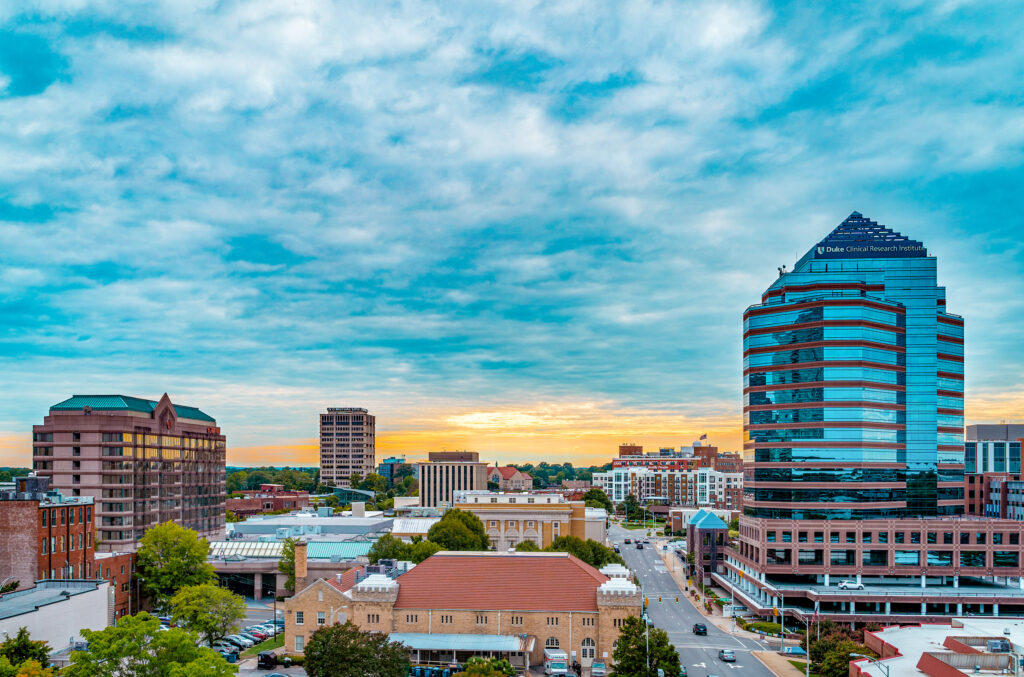
Durham has been shedding its former industrial identity and embracing its future as a vibrant, youthful city. With the presence of Duke University, a strong healthcare sector, and access to the Research Triangle, it’s no surprise that young professionals are flocking here. Housing prices are climbing, but many buyers still find Durham more accessible than nearby Raleigh or Charlotte. It’s also got a walkable downtown packed with food halls, breweries, and historic buildings turned condos.
The diversity and energy of the city are big draws for first-time buyers. Many are choosing to renovate older homes in up-and-coming neighborhoods like Lakewood or East Durham. There’s a DIY spirit here that fits the millennial mindset perfectly. Buying in Durham feels like betting on both charm and growth.
8. Boise, Idaho
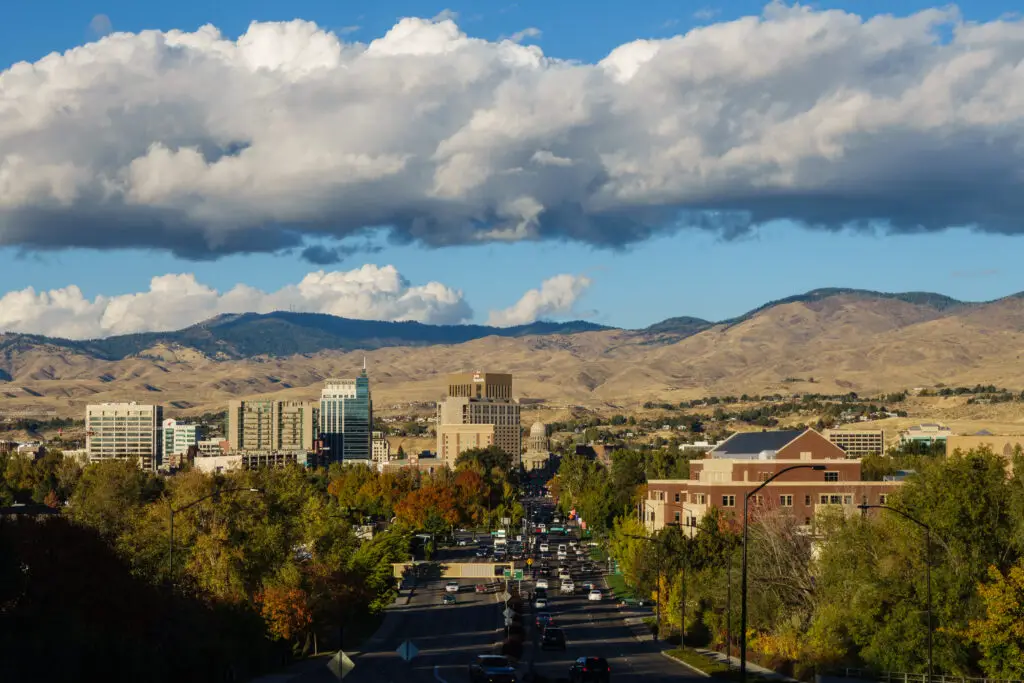
Boise made national news a few years ago for its housing boom—and while prices have cooled a bit, young buyers are still showing up. Many relocated here during the remote work surge and have since decided to make the move permanent. Boise blends outdoor access with a growing tech and startup culture, which is appealing to buyers in their 20s and 30s. It’s less flashy than Denver but offers many of the same lifestyle perks.
While housing isn’t as cheap as it once was, Boise remains more affordable than many West Coast cities. Young buyers are targeting neighborhoods like the North End or Bench for their character and relative affordability. And with so many transplants, it’s easy to find community. Boise’s still growing—and young buyers are leading the charge.
9. Rochester, New York
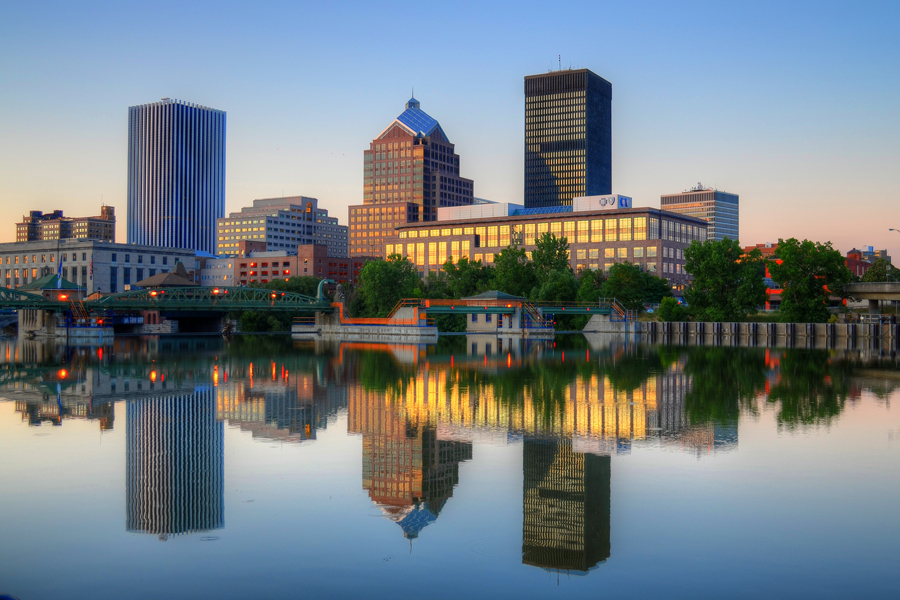
Once overlooked, Rochester is gaining traction among young buyers thanks to incredibly low home prices and revitalized downtown districts. In many parts of the city, you can still snag a starter home for under $150K. That’s almost unheard of in the Northeast. It’s becoming a haven for creatives, entrepreneurs, and remote workers looking for space and flexibility.
The city’s strong network of colleges and healthcare institutions also offers job stability. Neighborhoods like Park Avenue and the South Wedge have become magnets for young homeowners. There’s a real sense of pride in buying and restoring older homes here. Rochester isn’t flashy—but it’s full of potential.
10. Minneapolis, Minnesota
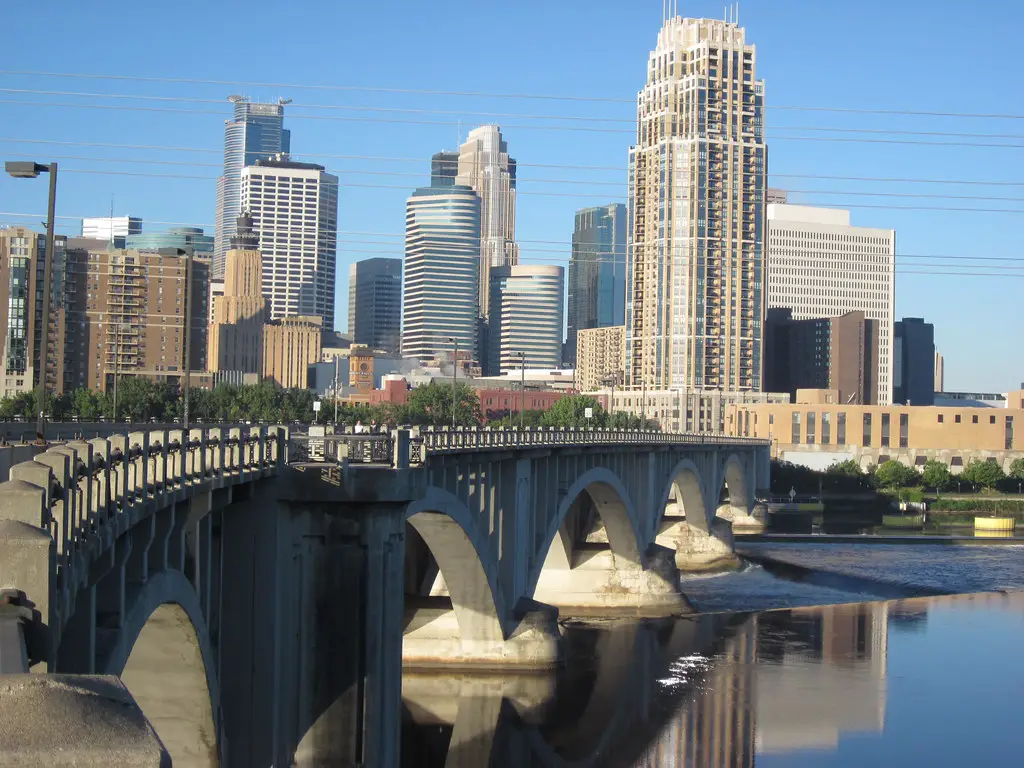
Despite chilly winters, Minneapolis offers a strong quality of life and housing affordability that keeps younger buyers interested. The city has a robust job market, especially in healthcare, education, and tech. Many buyers in their late 20s and early 30s are purchasing homes in neighborhoods like Northeast or Longfellow, where older houses still go for under $300K. It’s a good balance of city energy and residential calm.
Minneapolis also invests heavily in parks, bike paths, and public infrastructure, which appeals to younger generations. It’s a place where you don’t need a car to get around, and that freedom is a selling point. With rents rising steadily, buying has become the smarter long-term move for many. Minneapolis may be cold, but its housing scene is heating up for Gen Y and Z.
11. Tulsa, Oklahoma
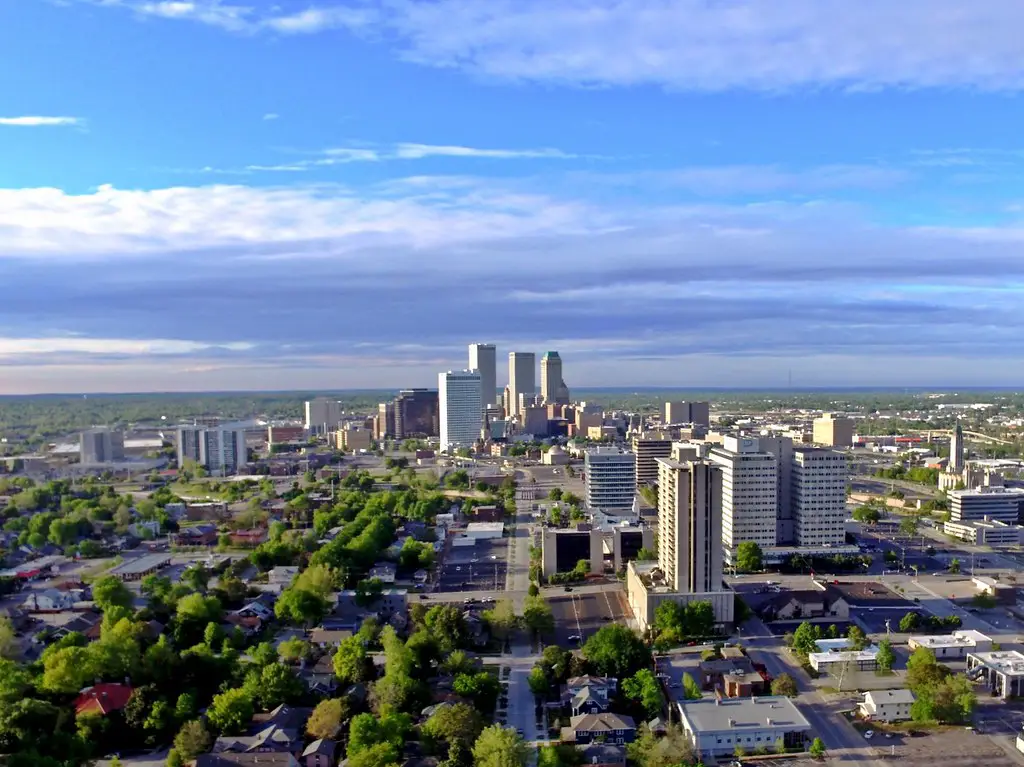
Tulsa’s homebuyer incentive programs—like the Tulsa Remote initiative—have brought a new generation of workers and homeowners to the city. Once they arrive, many realize just how far their money goes. With a median home price under $200,000 and a laid-back vibe, Tulsa has become a haven for young creatives and professionals. Neighborhoods like Brookside and Kendall-Whittier are especially popular.
What’s more, the city has quietly grown its arts and food scenes, giving it a youthful, energetic feel without big-city stress. Many buyers are investing in older homes and giving them modern makeovers. Tulsa’s a place where you can actually afford to buy and still have a life. That’s a powerful draw for Gen Z and millennial buyers.
12. Pittsburgh, Pennsylvania
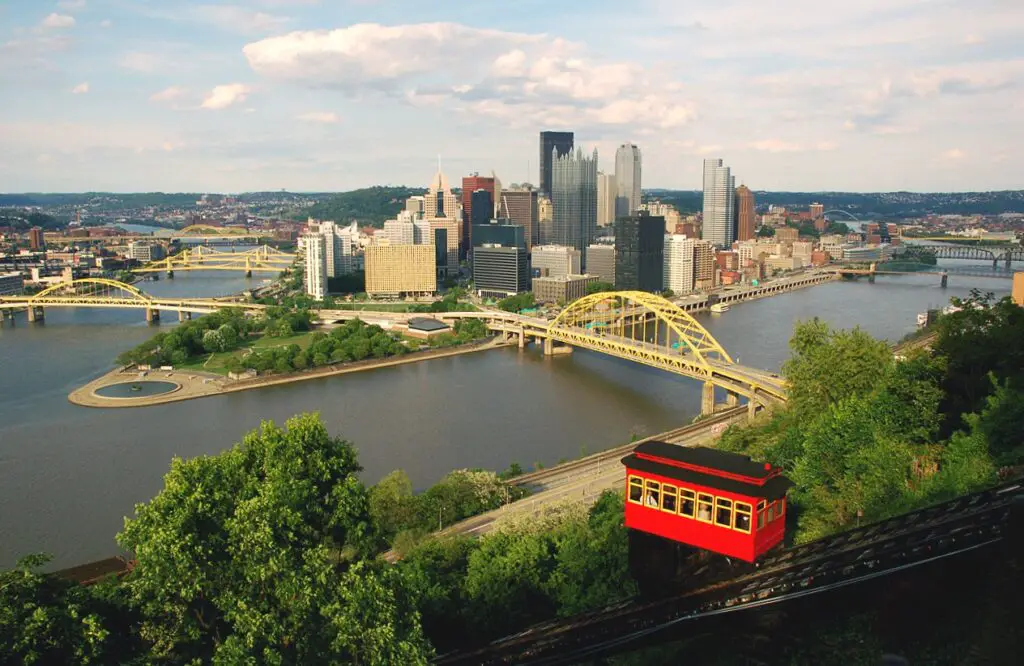
Once a steel town, Pittsburgh has reinvented itself as a tech and healthcare hub—and young buyers have taken notice. The city’s affordability, even in trendy areas like Lawrenceville and Bloomfield, is a huge plus. Pittsburgh offers historic charm, decent walkability, and a low cost of living, all wrapped into one underrated package. Plus, its proximity to top universities keeps a steady stream of young professionals flowing in.
You’ll find buyers in their 20s snatching up old row houses and turning them into stylish homes. The city’s housing market has appreciated steadily but not explosively, making it a smart place to put down roots. There’s pride in homeownership here, especially among those who feel priced out elsewhere. Pittsburgh may not be loud about it, but young buyers are quietly calling it home.
